In 2012, digital printing technology was still in its infancy. Nevertheless, at that time we at CLASSEN had the idea to enter digital printing and to print certain decors for our laminate floors ourselves.
We had a few good reasons for doing so. On the one hand, we wanted to continuously improve and be the innovation leader in our field. On the other hand, we wanted to be able to respond even better to our customers' wishes for smaller batch sizes, exclusivity, a variety of decors and flexibility.
For a better understanding: In analogue printing, papers printed with decors are purchased from external service providers and glued (laminated) to the carrier plate. The minimum purchase for such decors is one tonne, which means that up to 20,000 m² of laminate can be processed. For exclusive, high-quality laminate floors, however, our customers from the specialised trade often only want quantities of less than 500 m². As a result, you end up with high capital-binding stocks that may not even be needed at a later date.
From the idea to the first digital printing system
So in 2012 we formed a project team consisting of my colleague Daniel Roesner (now Head of Technology Precoating and Digital Printing) and me. Both of us had "grown up" in the structures of the factory at that time and with its technologies. My colleague as a young technologist and I as a newly qualified master craftsman. At the beginning we asked ourselves: Can we do it with digital printing at all? Can we make the transition from a development technology, as digital printing was in 2012, to an industrial production technology? Together with the strong backing of our managing director Carsten Buhlmann, we finally answered this question for ourselves with "yes" and set off at enormous speed.
We entered into talks with the Hymmen company, which at the time was developing the first printing presses for small formats. Together we started to project a worldwide unique machine as well as to develop a printing technology that could be integrated into the CLASSEN coating process. After initial trials we realised that we had chosen a "Herculean task". For us, this meant weekly business trips to tests, parallel to our daily business, the laminate flooring production. A very challenging time indeed.
But with every further development and every additional experience, we were able to push the project forward and, above all, expand our level of knowledge, and in May 2013 we put the first digital printing machine into operation in Baruth. Within a year, we developed a printing machine that had never been seen before in the world, with the aim of making digital printing in the field of floor production an industrially usable printing technology.
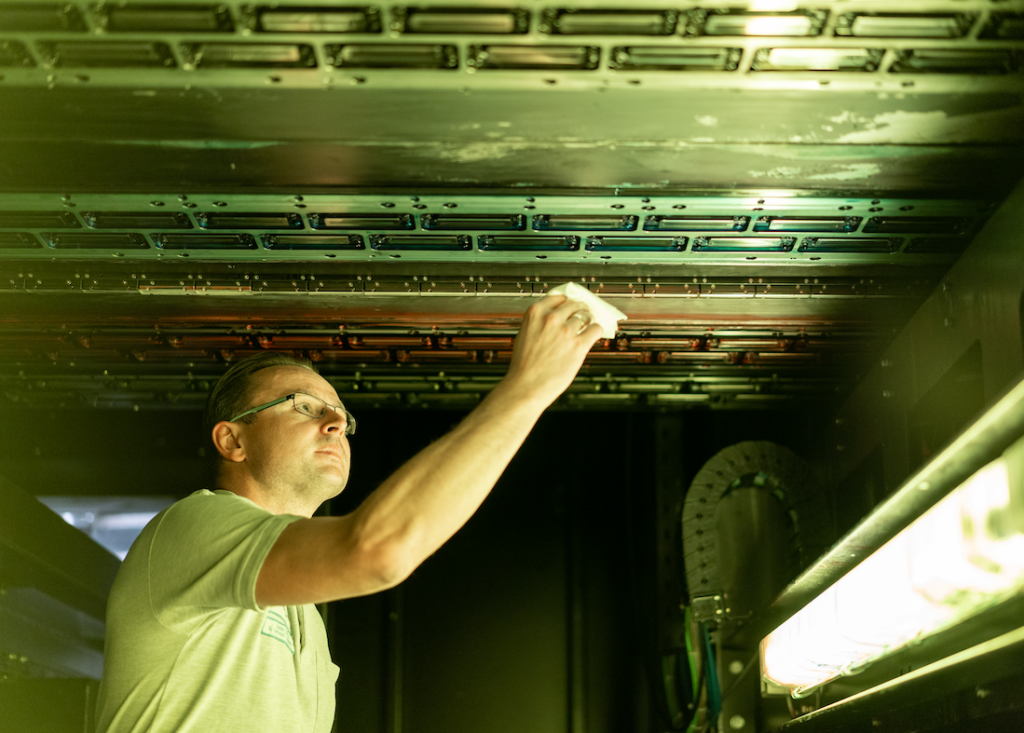
There it was, a machine with 120 print heads, 32 ink supplies and a high-precision transport system with a feed speed of 25 metres per minute. First, plain paper is applied to the 5.35m² HDF carrier boards. Our décor is printed on this in a single pass using digital single-pass printing. Afterwards, the printing ink is dried and the printed boards are fed to our coating machines, pressed and sawn into planks.
The euphoria in the factory was great, as were the expectations. After a ramp-up and learning curve, we were able to digitally print the first 1.3 million m² ourselves before the end of 2013. The whole team was damn proud. We became real "printers". By the end of 2014, we had the digital printer and the printing technology up and running safely and were able to produce so cheaply and flexibly that a second digital printing machine was purchased in 2015. After a run-in period of only two weeks, we were already able to go into four-shift operation with this printer 2.
The advantages for our customers
With digital printing, we can now provide exclusive designs according to customer wishes with batch sizes as small as 500 m². The set-up times on the printing machines are now so short that we can also produce repeat orders at short notice without any problems.
The euphoria in the factory was great, as were the expectations. After a ramp-up and learning curve, we were able to digitally print the first 1.3 million m² ourselves before the end of 2013. The whole team was damn proud. We became real "printers". By the end of 2014, we had the digital printer and the printing technology up and running safely and were able to produce so cheaply and flexibly that a second digital printing machine was purchased in 2015. After a run-in period of only two weeks, we were already able to go into four-shift operation with this printer 2.
Another advantage of digital printing is that our high-quality surfaces with synchronous pores become even more precise, which means that, for example, a wood grain that can be felt by hand matches the printed, visible wood structure even more exactly. With laminate planks laminated with analogue printed paper, the possible deviation is 1.5 to 2 millimetres, with digital printing only 0.5 millimetres.
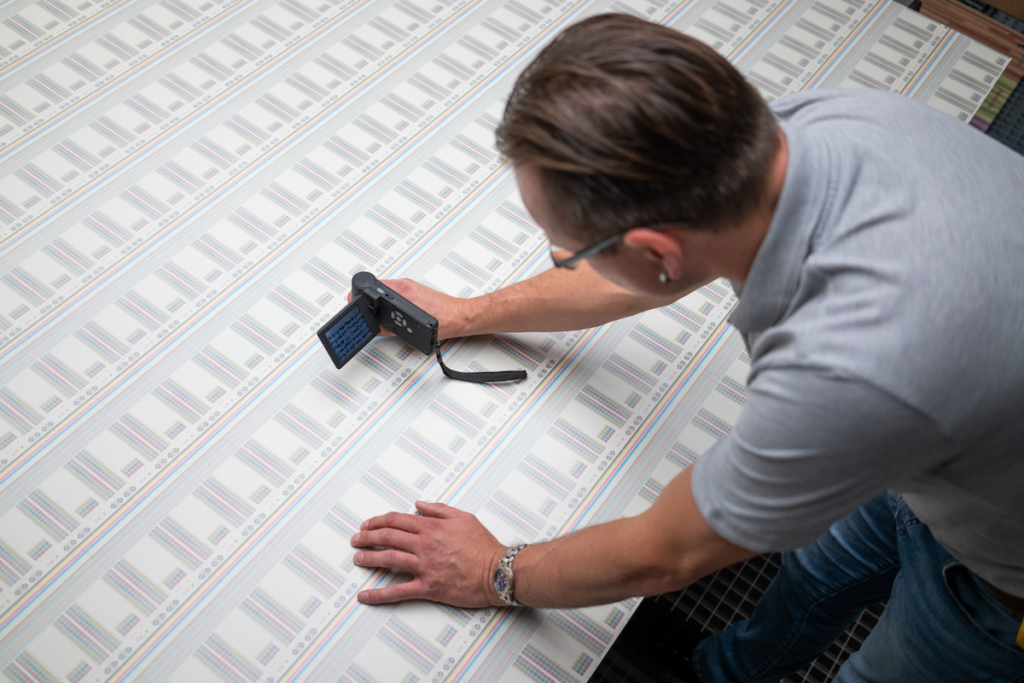
The digital future
Today, we at CLASSEN in CLASSEN in Baruth print up to 25 percent of the total quantity of our laminate using digital printing. We manage up to 80,000 m² a day. In 2020, we have succeeded in exceeding the combined limit of 100 million m² of digitally printed laminate. An order of magnitude that is unique in the world.
To date, we have been able to further develop this high technology and bring digital printing to industrial maturity at the Classen Industries plant. For example, we can now flush and recondition printheads ourselves instead of sending them in, which has significantly reduced printhead consumption.
Above all, however, we have succeeded in solving the problems that concerned us in 2012 and in inspiring our customers with digital printing. Designs and variations never before possible can now be printed on a laminate plank. This is what drives CLASSEN to invest further in this fascinating technology in Baruth and to supplement our laminating lines for analogue printed goods with further digital lines.
For me, this project led to me being able to expand my personal skills. I am proud of my team and of being part of the rise of industrial digital printing.

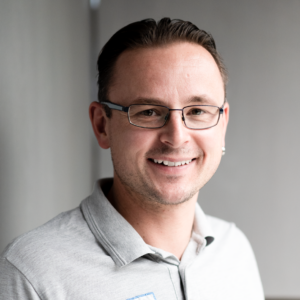
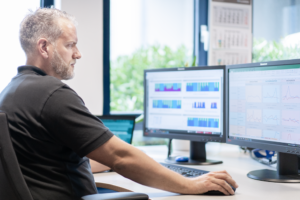
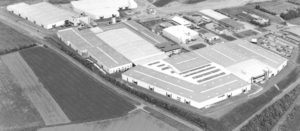
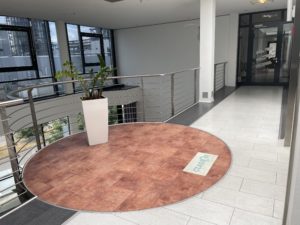
One Response
Gratulation, einfach klasse was ihr in Baruth so alles macht.